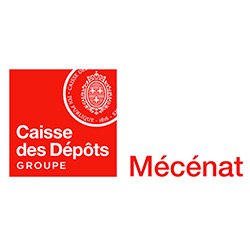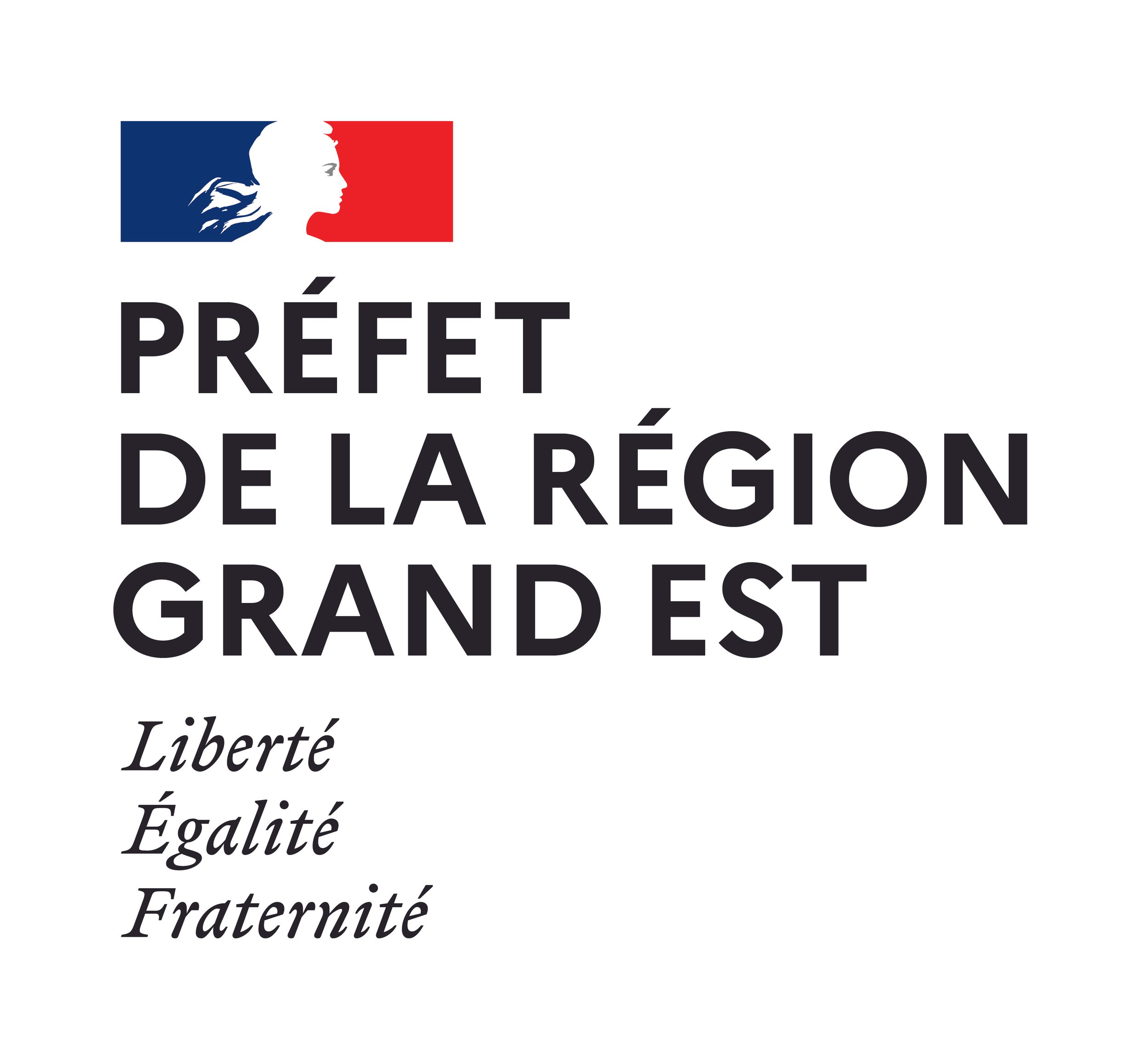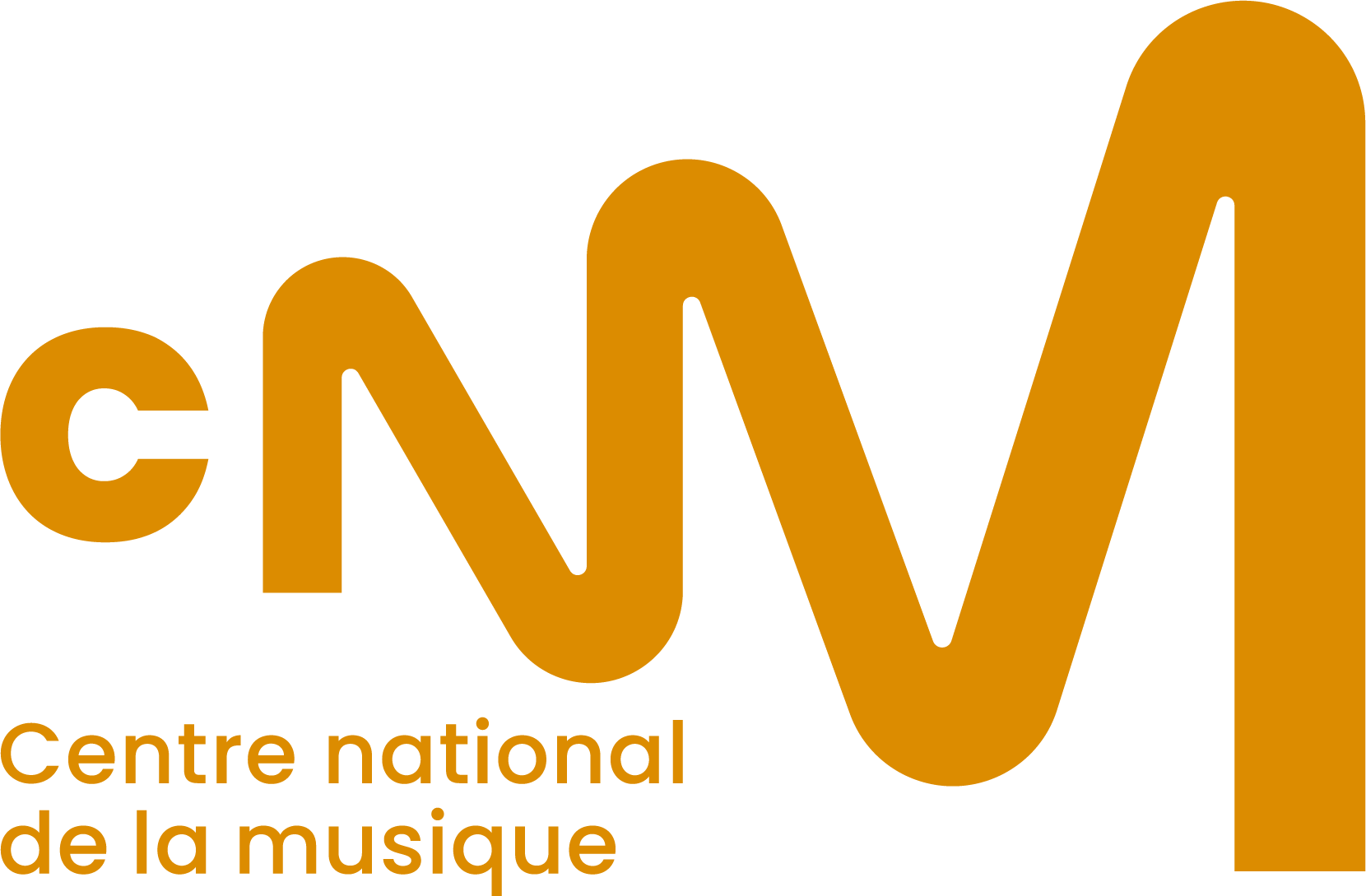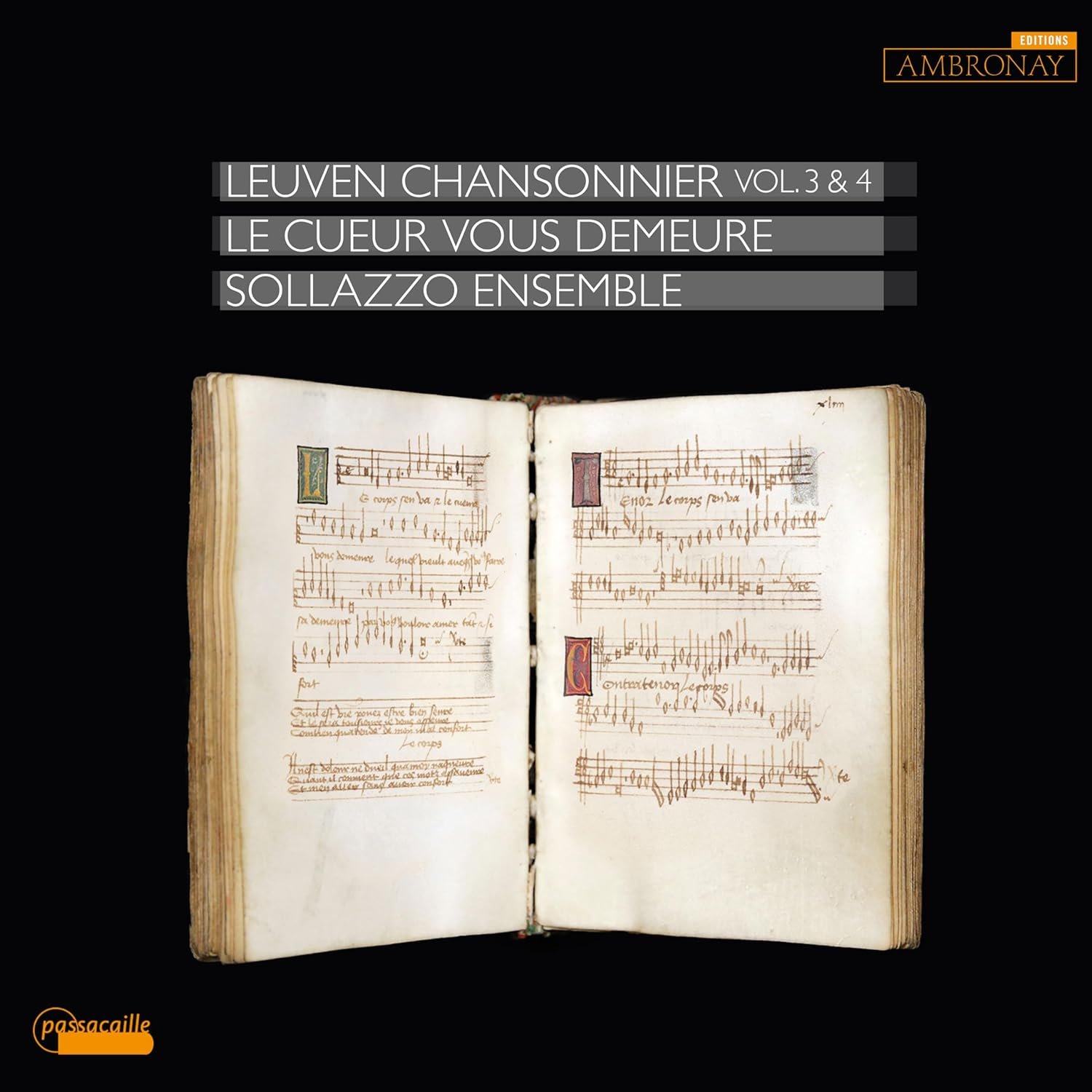

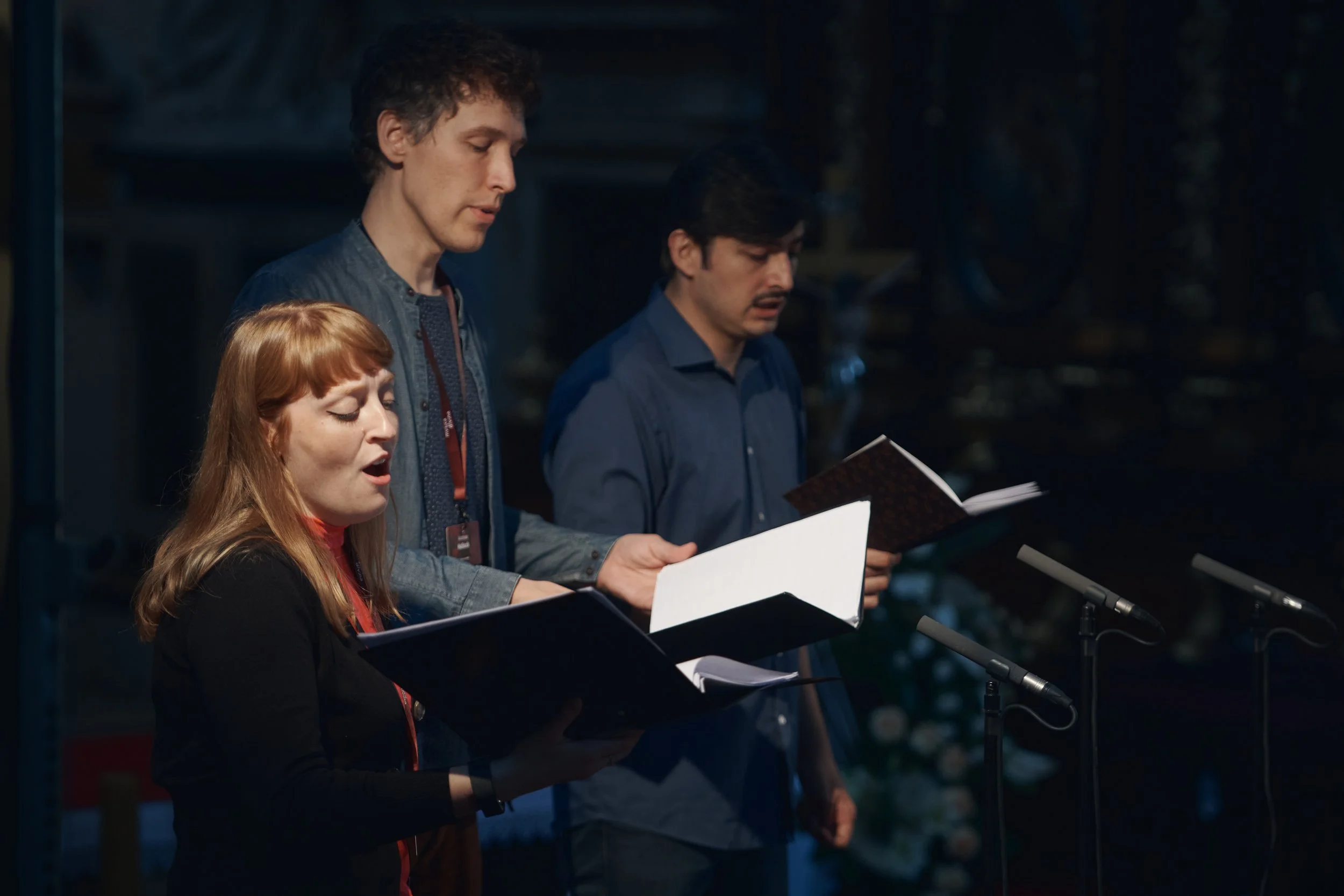





SOLLAZZO
ENSEMBLE
SOLLAZZO
ENSEMBLE
“It is not just a question of technical brilliance but just as much that sense of engagement with both the audience as well as each other.”
late medieval & Early Renaissance Music
Sollazzo Ensemble brings together musicians with a keen interest in late medieval and early Renaissance music. Founded in 2014 by Anna Danilevskaia, the ensemble benefits from the diverse musical backgrounds of its members, who work not only in the field of early music but also in modern classical, folk, and jazz music.
Critically acclaimed for their highly expressive delivery, the group relies on historical repertoires and informed performance criteria in order to convey feelings they have personally experienced or to make statements that are meaningful to them. This process of appropriation is the basis of their communication with the public, as they aim to give every piece a strong, timeless identity which goes beyond purely musical intentions.
Since 2014, Sollazzo has won many prestigious competitions and awards, including the York Early Music Competition, and received the NCEM Prize and the Cambridge Early Music Prize. They were beneficiaries of the Emerging Young Artists program - supported by Creative Europe - followed by a collaboration with the CCR d’Ambronay as associated ensemble between 2017 and 2020.
Since their discographic debut (« Parle qui veut - Moralizing songs in the middle ages ») the ensemble has published several CDs dedicated to repertoires spanning the 13th to the 15th centuries, receiving accolades such as the Diapason d’Or, Disc of the Year by The Art Desks, Editor’s Choice by Grammophone, Critic’s Choice by De Standaard, CD of Choice by BBC Magazine, as well as the Diapason d’Or de l’Année in 2017 and 2021. They are currently involved in the recording of the complete Leuven Chansonnier collection for Passacaille Records and Ambronay Editions.
Sollazzo leads an active concert schedule, performing throughout Europe, the USA, and Asia. Beginning in Fall 2024, the group will be Ensemble in Residence at the Arsenal in Metz, as well as part of “The Makers,” a residency program at the Concertgebouw in Bruges.
Supported by the Caisse des Dépôts, principal patron.

Artistic Direction
ARTISTIC DIRECTION
Artistic Direction
ARTISTIC DIRECTION
ANNA DANILEVSKAIA
Fiddle and renaissance viol player, Anna is specialised in repertoires from the fourteenth to the seventeenth century. She grew up in Metz, France, in a family of musicians and played medieval music since her childhood. Since 2014, she has been leading the Sollazzo Ensemble.

PROGRAMS
PROGRAMS
secrets of a Fool
a Musical portrait of a jester
When we think about the Middle Ages, the image of a jester springs to mind: this emblematic character is one of the clichés associated with the medieval world. In this program, we reflect on the public and private voices of these artists: how does it feel to be on such thin ice, navigating between the role of entertainer and the risks one takes when criticizing others? How does the jester know when to push boundaries or with whom he can take off his mask? What happens when a jester is alone?
With origins in the sacred world, the jester became a political and social figure in the fourteenth century. In opposition to royal wisdom, his word is ironic, critical and, despite this, accepted. We can find similar characteristics in musical works, and the repertoire selected presents pieces that stand out through moralistic and critical texts paired with humorous rhetoric.
In this program, we aim to trace a portrait of an imaginary jester through a selection of deep and refined madrigals filled with metaphors, but also with simpler songs in which quick wittiness overpowers any other aspect.
9 musicians
MACHAUT Rolling over IN HIS GRAVE
The Messe de Nostre Dame, an emblematic work of the medieval repertoire and a jewel of polyphony, serves as a canvas to present one of the ensemble's mottos: to use historically informed interpretation as a tool for our expression, and not to regard it as a restraint. Each voice in the mass is interpreted by several singers, who approach the phrasing in different, deliberate ways. It is a symbol of the multiplicity of possible readings offered by this repertoire, and beyond that, a message about the importance of accepting different ways of thinking and doing things.
Iconoclastic visual artist Olivier de Sagazan joins Sollazzo for this show, bringing the singers into his innovative and distinctive world. Working with clay on stage, the artists are transfigured and take the audience into a world where the very concept of beauty itself is challenged.
Between 10 and 13 artists on stage
Firenze 1350
A Medieval Florentine Garden
It is said that on a warm morning of the year 1389, in a Florentine garden known as “Il Paradiso,” the famous organ virtuoso Franceso degli Organi accepted the challenge of silencing the birds, by no other means than the beauty of his playing. This blind composer and multi- instrumentalist was known in the city not only for his musical prowess, but also for his rhetorical abilities and philosophical views. A perfect example of an early humanist, Francesco, together with fellow composers such as Lorenzo da Firenze, Andrea Stefani, and Giovanni da Firenze, was to bring the music of their time to its apogee.
CANTANO GLI ANGELI
Caritas et Amor in Medieval Sacred Music
Around 1320, two French treatises revolutionized the music world: Ars Novae Musicae by Jean de Muris, and the collection Ars Nova, attributed to Philippe de Vitry. From these writings sprung a new chapter of Western music: rich and ornate melodies, dense polyphony, and novel rhythmic patterns are woven together to form a new expressive tapestry, particularly in the field of sacred music. A program that brings us to the fringes of an old mystical world - in which the lines between the divine and the human become blurry - challenging what we might think about religious medieval music.
8 musicians
Les Mouvances
The birth of a subtle art
The author of Tractatus figurarum, a treatise from the end of the 14th century instructing in the ways of notating music, stated: “Because it would be very incongruous for that which can be performed not to be able to be written, I took care to organize this little treatise (...).” He then proceeded to present new ways of notating music, more complex and more precise than what had been practiced until then. These writings would become one of the fundamental stones of the Ars Subtilior.
Through our rigorous work on these arrangements, Sollazzo recreates a fascinating chapter of music history: the time when musicians were taking freedoms that were not yet written, and by doing so initiated what would become one of the most extravagant musical styles.
EVERYTHING UNDER THE SKY
Like the vault of heaven under which we rest every night, the expressive power of music connects people through the centuries. Like a monumental fresco that would come to life, this show leads us through the medieval musical repertoire not only as a reflection on a lost culture, but especially as a consideration of what that culture has in common with ours. When an emotion described by a poet six centuries ago resonates in us as if it were a message from one of our contemporaries, are we perhaps touching upon the essence of humanity?
Created with support from the CCR d’Ambronay, premiered in 2022 in Antwerp.
19 artists
LE CORPS S’EN VA, LE COEUR DEMEURE…
Songs from the Leuven Chansonnier
In 2015, at an auction, a collector was in an adventurous mood and decided to take a risk: he bought a lot, including a little statue, a box, and a small old book. Curious about the old scores written in the latter, he contacted the Alamire Foundation in Leuven. The researchers there could not believe their eyes: he had fortuitously found a fifteenth-century songbook, an object the likes of which, until then, could quite literally be counted on the fingers of one hand. Sollazzo collaborates with the Alamire Foundation to perform and record the complete manuscript, in co-production with the recording labels Passacaille and Ambronay. This concert presents their favorite pieces among the 50 works collected in this mysterious chansonnier.
7 musicians
LA FLAMBOYANCE
Ceremonial Music around 1425
Like a monumental fresco come to life, our program "La Flamboyance" is performed by a large group of musicians who imagine the sounds that would have been heard on the most solemn occasions around the year 1425. Cultural life was flourishing and international exchanges were already frequent: links between France and Flanders were such that the musical repertoire of this period is known as Franco-Flemish; exchanges with Italy abounded, as most composers spent time there during their careers. This melting pot of ideas and influences led to the development of a particularly captivating chapter in musical history: the musical repertoire was refined, virtuosic, and brilliant, and it reflected the characteristics of the "flamboyant gothic" style that was in vogue at the time, characterized by exuberance and an aesthetic in which ornamentation took precedence over form.
Numerous musical works demonstrate a desire to impress the listener. These compositions had a profound impact on society and were an essential element of important official occasions. Contemporary accounts and detailed payment registers document the musical ensembles working at the courts at this time. We can thus observe on the one hand the birth of the concept of the solo instrumentalist, some of whom developed long careers and acquired international renown; on the other hand, we see traces of large ensembles on extraordinary occasions, for example, in 1454 in Lille when no less than twenty-four musicians played at a political meeting.
It is with a similar cast that Sollazzo explores these extravagant and brilliant repertoires, which combine magnificence and depth, which tend towards virtuosity, and yet in which no note is too many. These compositions come to us through exactly six centuries, and to hear it resonate today, as a 21st-century listener, seems miraculous.
20 musicians

CDs
CDs
Feast of the Swan: Den Bosch Choirbook vol. 4
"The music seems to have a spontaneous, almost improvisatory flow. The singers and players seem to be speaking their native musical language, not performing a musicological exercise."
Le cueur vous demeure: Leuven Chansonnier vols. 3 & 4
“L’Ensemble Sollazzo nous aura offert de ce manuscrit richement enluminé une lecture passionnante, fraîche, variée, éclatante, osée mais convaincante.”
Ou beau chastel: Leuven Chansonnier, vol. 2
"With refinement in every gesture and without any trace of aloofness, the potentially museological chansons are brought back to life as songs in which hearts are audibly creaking and sweet words melt even the most frigid paramour."
Leuven Chansonnier
“The Leuven Chansonnier (1470-75) includes fifty compositions by leading 15th-century Franco-Flemish names as Johannes Ockeghem, Antoine Busnoys, and Firminus Caron but also twelve newly re-discovered works, found in no other source! The Ensemble Sollazzo brings a selection of this music to life in the present recording in the most refreshing and brilliant interpretation.”
Firenze 1350: A Medieval Florentine Garden
“Florence, second half of the 14th century: in the heart of a city in full humanist and cultural seething, composers such as Francesco degli Organi and Paolo Da Firenze brought the music of their time to its peak. A unique abundance that Sollazzo Ensemble invites us to discover with this new disc!”
En Seumeillant: Dreams and visions in the Middle Ages
“Sollazzo ensemble approaches with stylistic rigor and communicative passion the vast and little-played repertoire of late-medieval music. From the most innocent reverie to drunken songs and mysticism, the program of this first disc for Ambronay Éditions paints a varied picture of the journey through mind and spirit, as found in the musical repertoire of the Middle Ages.”
Parle qui Veut: Moralizing Songs of the Middle Ages
“Sollazzo Ensemble makes its recording debut following its prize-winning performance at the highly respected biennial York Early Music International Young Artists Competition. On Parle qui veut the performers embrace the exuberant style of flourishing melodies which was fashionable in the north of Italy in the fourteenth century. In contrast, a different kind of expressivity is required for the sober and succinct aesthetic of the works with French provenance. A remarkable debut!”

MEDIA
MEDIA
O pianta vagha - Francesco Landini
Po’che veder non posso - anon.

PAST EVENTS
PAST EVENTS
“Ces charmants virtuoses respirent le bonheur de jouer et de chanter!”

CONTACT US!
CONTACT US!
SOLLAZZO ENSEMBLE
Anna Danilevskaia:
+33 641 42 77 19
anna.danilevskaia@gmail.com
PRODUCTION
sollazzo.production@gmail.com
ADMINISTRATION
Blandine Gaillard:
+33 789 73 21 59
sollazzo.adm@gmail.com
